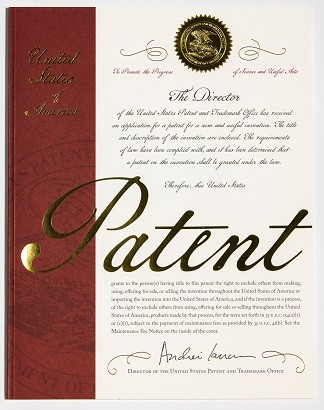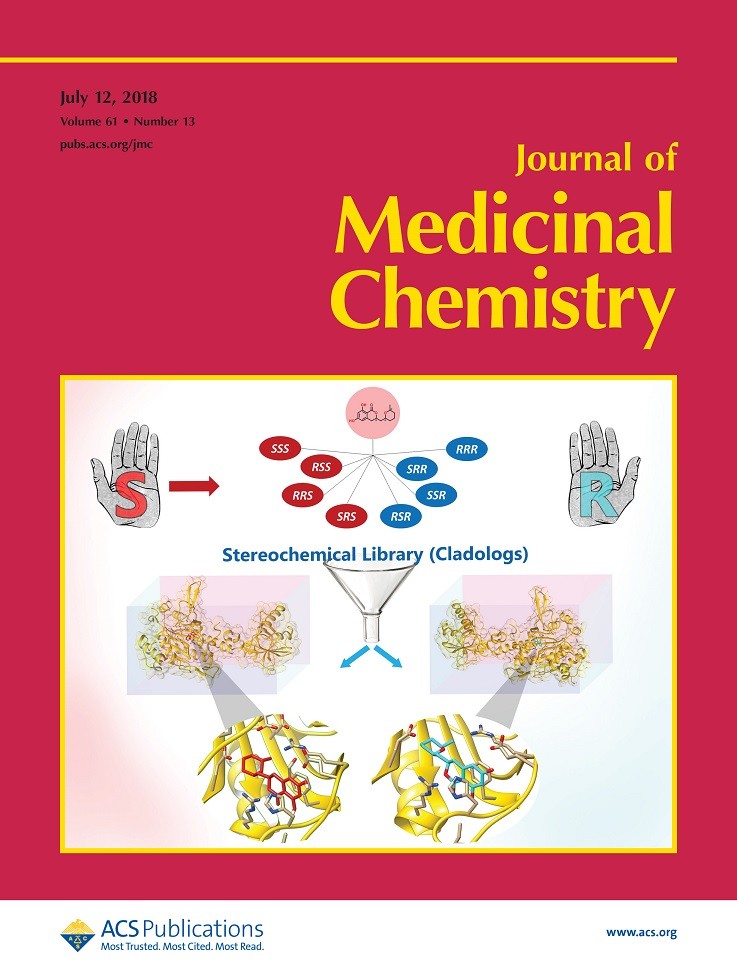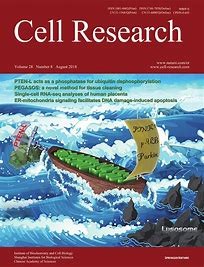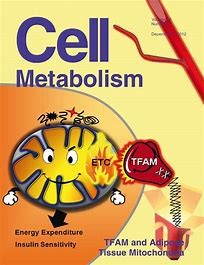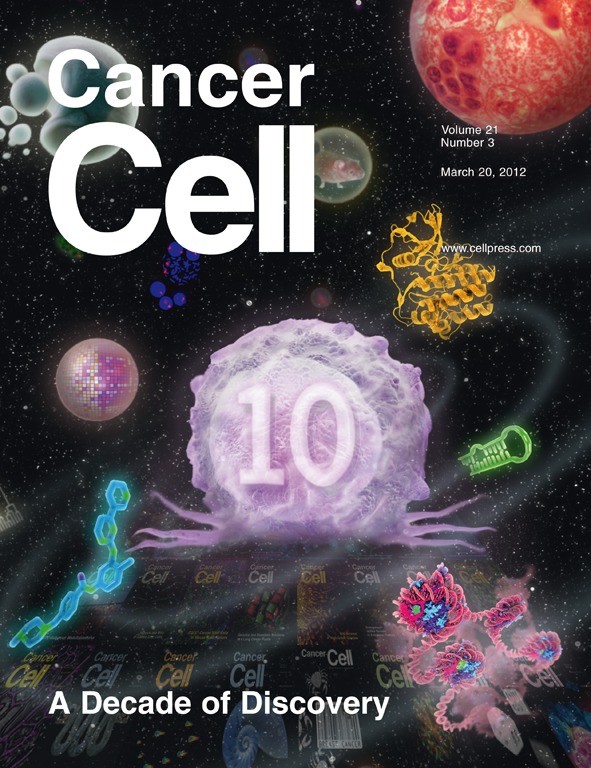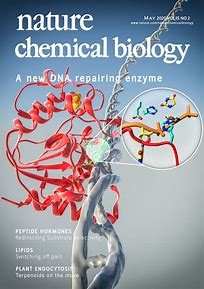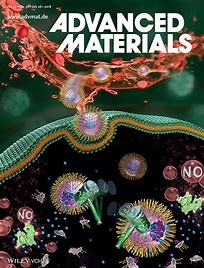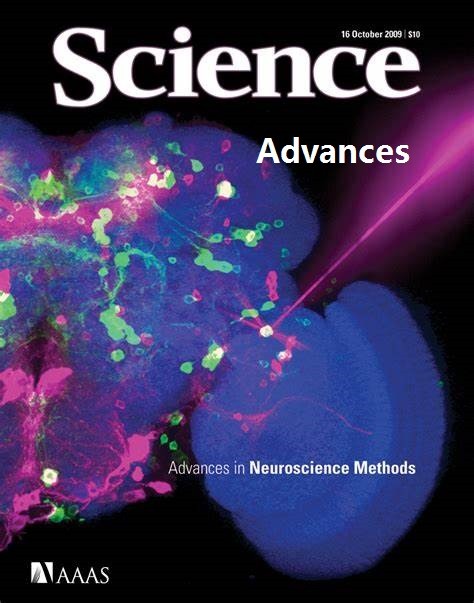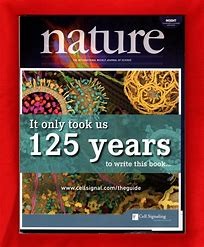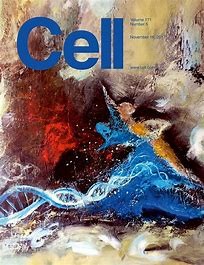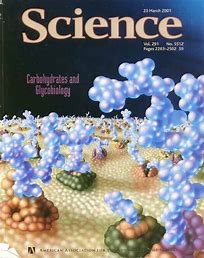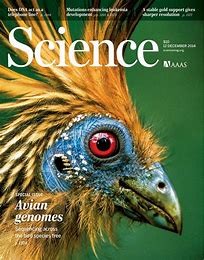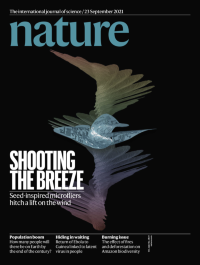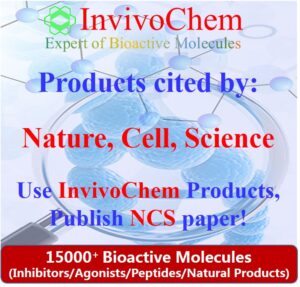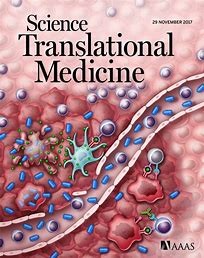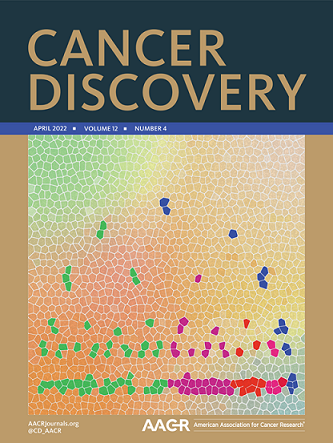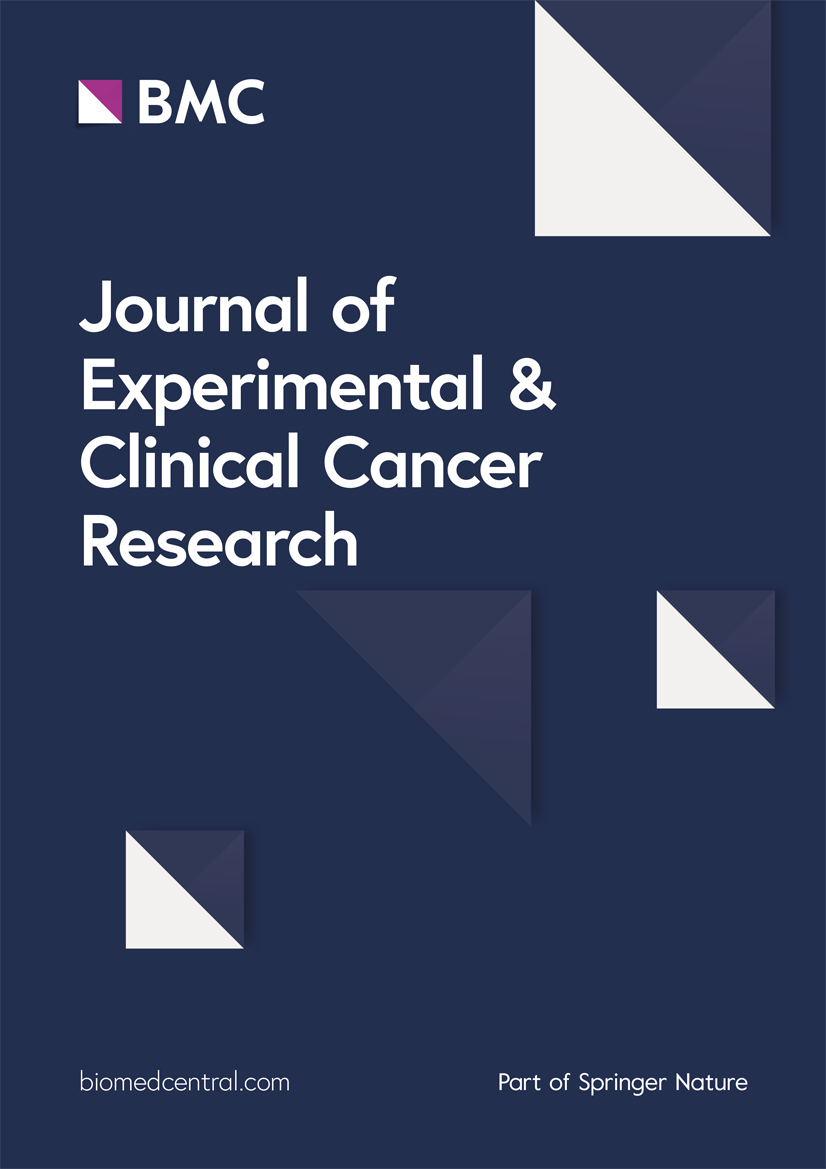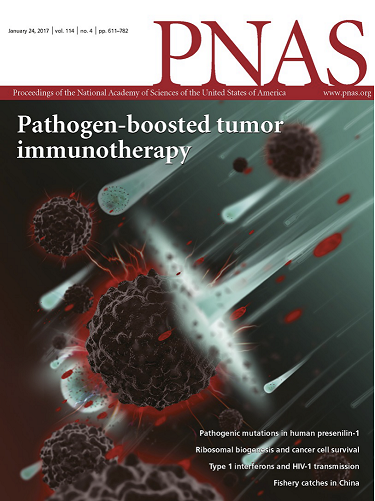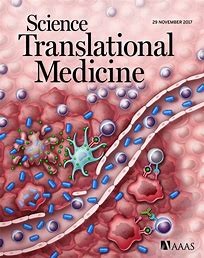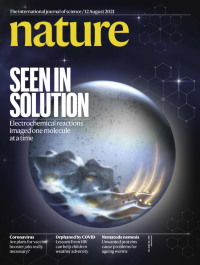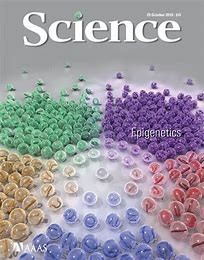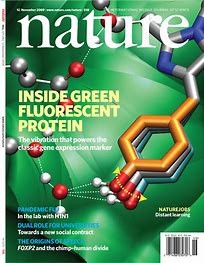This product is for research use only, not for human use. We do not sell to patients.
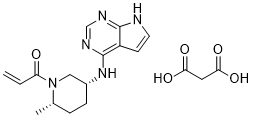
| Size | Price | Stock |
|---|---|---|
| 5mg | $135 | 3-6 Days |
| 10mg | $210 | 3-6 Days |
| 25mg | $360 | 3-6 Days |
| 50mg | $540 | 3-6 Days |
| 100mg | $815 | 3-6 Days |
| 250mg | $1400 | 3-6 Days |
| 500mg | $2020 | 3-6 Days |
Cat #: V3112 CAS #: 2140301-97-7 Purity ≥ 98%
Description: Ritlecitinib (PF06651600; PF-06651600) malonate, the malonate salt of PF 06651600, is an irreversible JAK3 inhibitor with anti-inflammatory activity. It inhibits JAK3 with IC50 value of 33.1 nM, and exhibits no activity (IC50 > 10000 nM) against JAK1, JAK2, and TYK2. PF-06651600 has excellent pharmacokinetics/pharmacodynamics with low clearance, benign toxicity profile and high in vivo efficacy. As a result, PF-06651600 has been in several human clinical studies. In vivo, PF-06651600 reduces disease pathology in rat adjuvant-induced arthritis as well as in mouse autoimmune encephalomyelitis models. In September 2022, FDA has accepted for filing by Pfizer Inc the New Drug Application (NDA) for ritlecitinib to treat alopecia areata.
Publications Citing InvivoChem Products
Product Promise

- Physicochemical and Storage Information
- Protocol
- Related Biological Data
- Stock Solution Preparation
- Quality Control Documentation
| Molecular Weight (MW) | 389.41 |
|---|---|
| Molecular Formula | C18H23N5O5 |
| CAS No. | 2140301-97-7 |
| Storage | -20℃ for 3 years in powder form |
| -80℃ for 2 years in solvent | |
| Solubility In Vitro | DMSO: 150 mg/mL |
| Water: NA | |
| Ethanol: NA | |
| Solubility In Vivo | 1-[(2S,5R)-2-Methyl-5-(7H-pyrrolo[2,3-d]pyrimidin-4-ylamino)-1-piperidinyl]-2-propen-1-one malonate |
| SMILES Code | C=CC(N1[C@@H](C)CC[C@@H](NC2=C3C(NC=C3)=NC=N2)C1)=O.O=C(O)CC(O)=O |
| Synonyms | PF06651600; PF-06651600 malonate; PF-06651600; PF 06651600 |
| Protocol | In Vitro | In vitro activity: PF-06651600, as a potent JAK3-selective inhibitor, is highly efficacious at inhibiting γc cytokine signaling, which is dependent on both JAK1 and JAK3. In vitro, it inhibits Th1 and Th17 cell differentiation and function. In total lymphocytes in human whole blood, PF-06651600 inhibits the phosphorylation of STAT5 elicited by IL-2, IL-4, IL-7, and IL-15 with IC50 values of 244, 340, 407, and 266 nM, respectively, and it inhibits the phosphorylation of STAT3 elicited by IL-21 with an IC50 of 355 nM. Kinase Assay: PF-06651600 is a new and potent JAK3-specific inhibitor which can inhibit the JAK3 kinase activity with IC50 value of 33.1 nM but does not act (IC50>10 000 nM) against JAK1, JAK2, and TYK2. PF-06651600 inhibits the phosphorylation of STAT5 elicited by IL-2, IL-4, IL-7, and IL-15 with IC50 values of 244, 340, 407, and 266 nM, respectively. PF-06651600 also inhibits the phosphorylation of STAT3 elicited by IL-21 with an IC50 of 355 nM. Functional assessment in T-cell differentiation assays demonstrate that PF-06651600 suppresses Th1 and Th17 differentiation as measured by IFNγ, after 5 days under Th1 conditions, and IL-17 production, after 6 days under Th17 conditions, with IC50 values of 30 nM and 167 nM, respectively. PF-06651600 also suppresses Th1 and Th17 function as measured by the inhibition of IFNγ production (IC50=48 nM) and IL-17 production (IC50=269 nM) in cells that have been previously differentiated and rested before being treated with PF-06651600. Cell Assay: To study the effect of PF-06651600 on Th17 cells post differentiation, skewed Th17 cells are washed, rested with medium for overnight and resuspended in medium containing the same concentrations of cytokines as during skewing but without anti-CD3 or anti-CD28 antibodies, in the presence of PF-06651600 at 10 different concentrations for 2 additional days. On Day 9, supernatant is harvested from each well and IL-17A is determined. |
|---|---|---|
| In Vivo | The in vivo effect of JAK3 inhibition by PF-06651600 is evaluated using a therapeutic dosing paradigm in a rat adjuvant-induced arthritis model. When individual hind paw volume measurements indicate an increase of 0.2 mL (or greater) in a single hind paw, animals are randomly assigned to a treatment group. Daily treatment with PF-06651600 is administered via oral gavage. Treatment groups for Experiment 1 are: 80, 15, or 6 mg/kg of PF-06651600 or vehicle (2% Tween 80/0.5% methylcellulose/deionized water). Treatment groups for Experiment 2 are: 30, 10, and 3 mg/kg of PF-06651600 or vehicle (0.5% methylcellulose/de-ionized water/1 mEQ hydrochloric acid). Treatment groups for Experiment 3 are: 10, 1, 0.3 and 0.1 mg/kg of PF-06651600 or vehicle (0.5% methylcellulose/de-ionized water/1 mEQ hydrochloric acid). Treatment continues for 7 days. | |
| Animal model | Female Lewis rat model (8 to 10 weeks old) |
| Solvent volume to be added | Mass (the weight of a compound) | |||
|---|---|---|---|---|
| Mother liquor concentration | 1mg | 5mg | 10mg | 20mg |
| 1mM | 2.5680 mL | 12.8399 mL | 25.6799 mL | 51.3597 mL |
| 5mM | 0.5136 mL | 2.5680 mL | 5.1360 mL | 10.2719 mL |
| 10mM | 0.2568 mL | 1.2840 mL | 2.5680 mL | 5.1360 mL |
| 20mM | 0.1284 mL | 0.6420 mL | 1.2840 mL | 2.5680 mL |
This equation is commonly abbreviated as: C1 V1 = C2 V2
- (1) Please be sure that the solution is clear before the addition of next solvent. Dissolution methods like vortex, ultrasound or warming and heat may be used to aid dissolving.
- (2) Be sure to add the solvent(s) in order.
